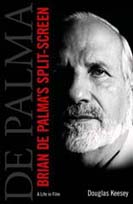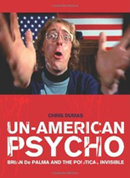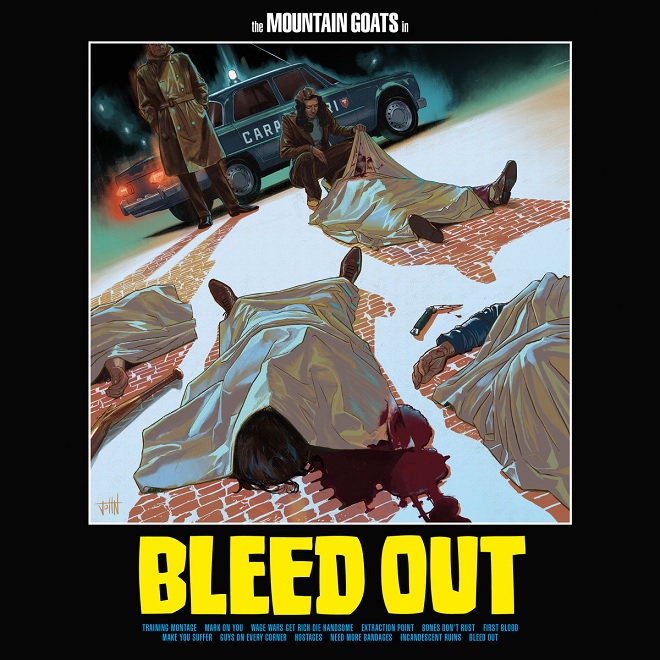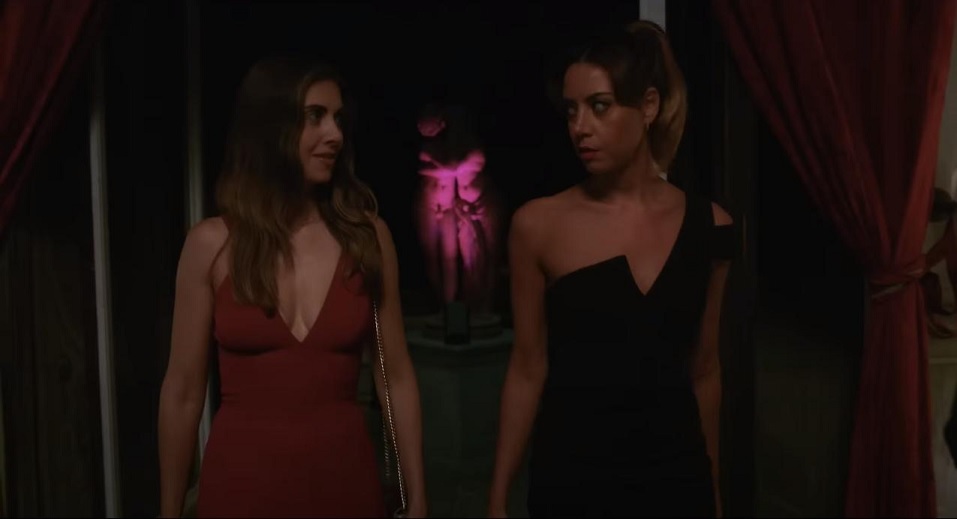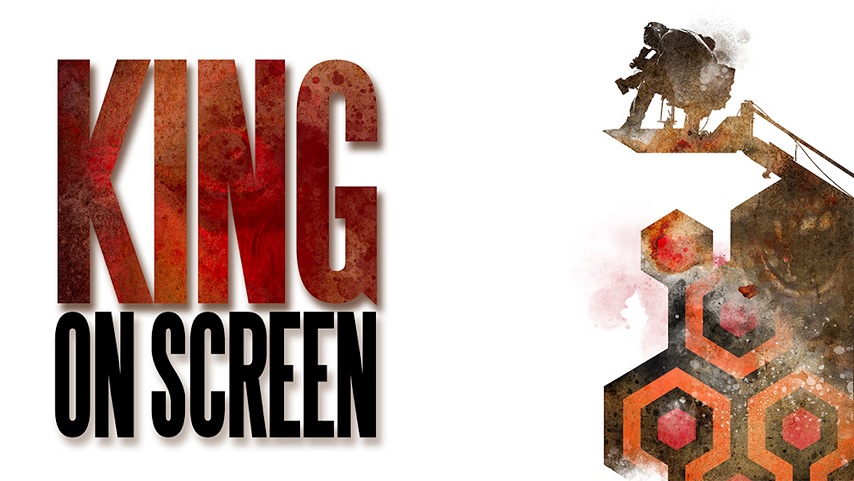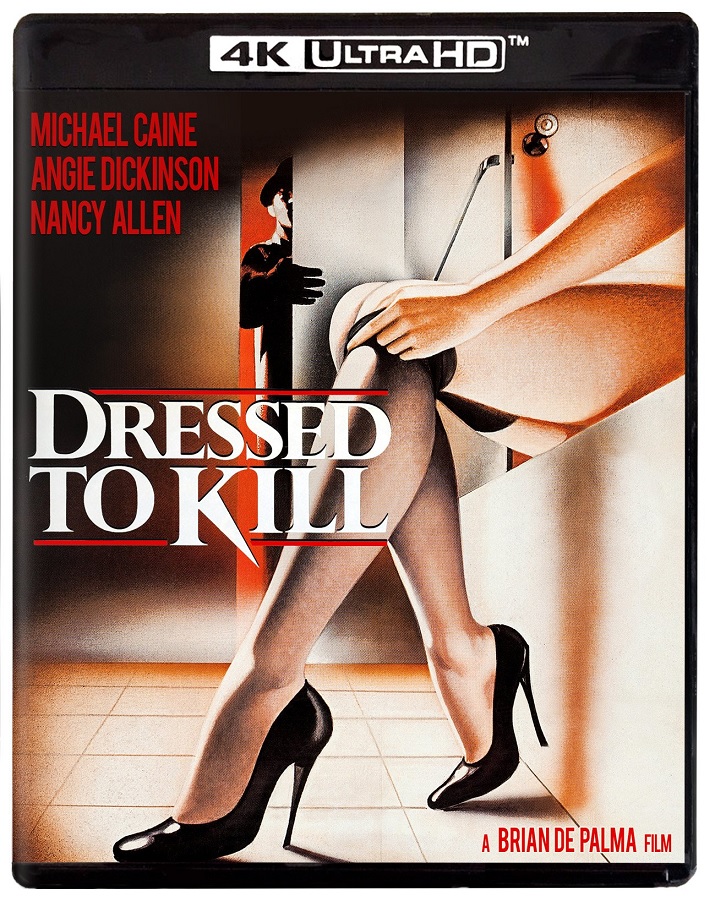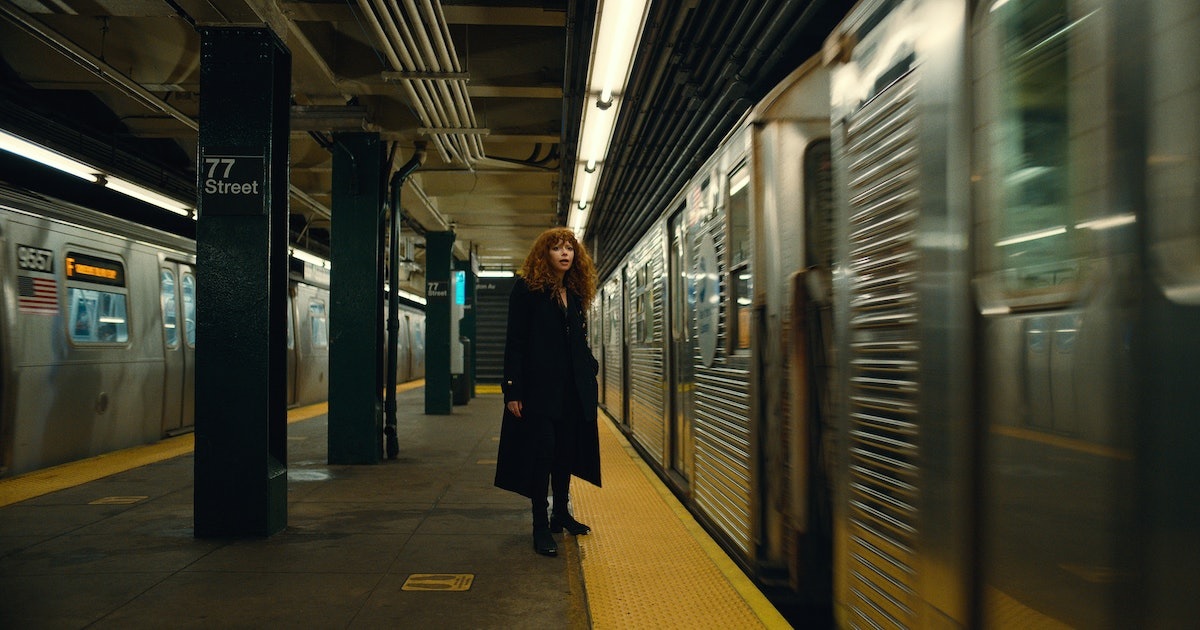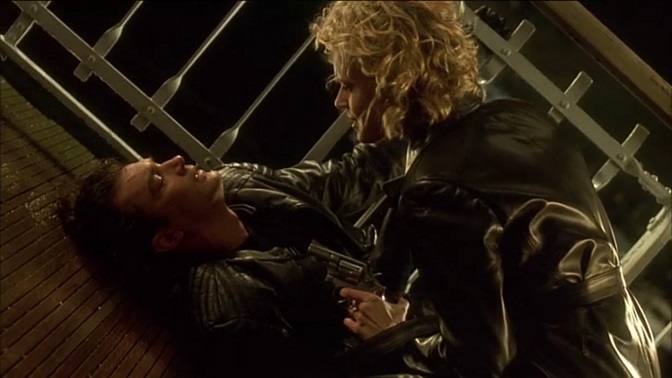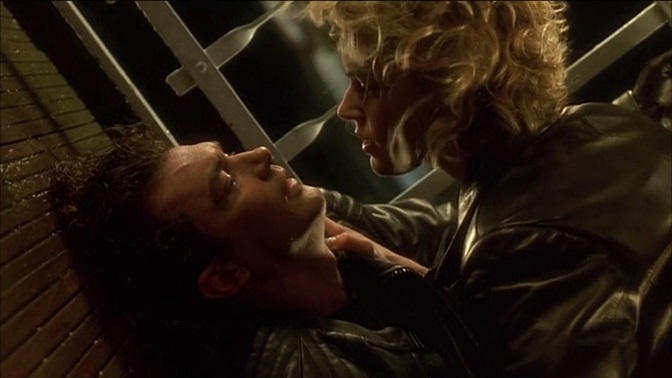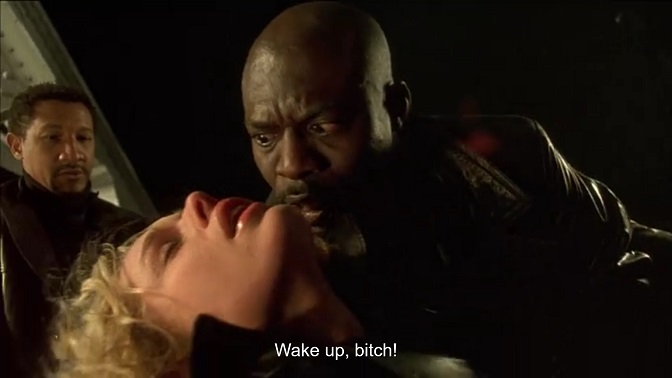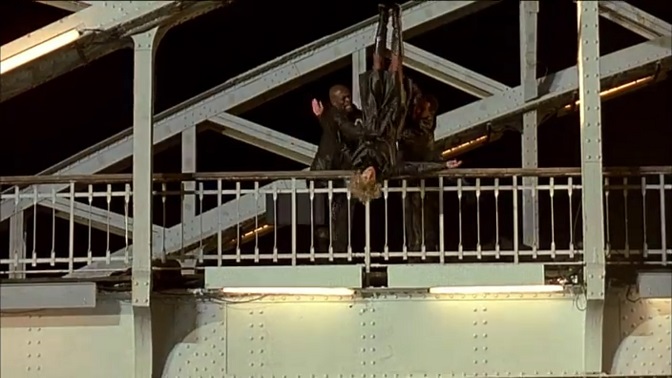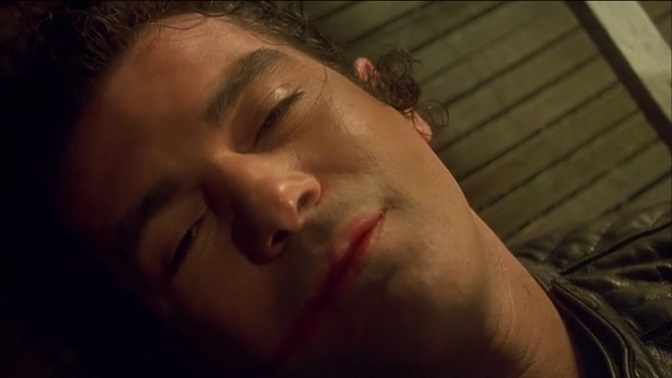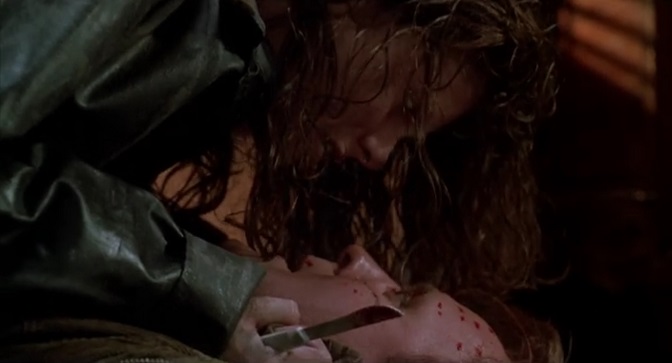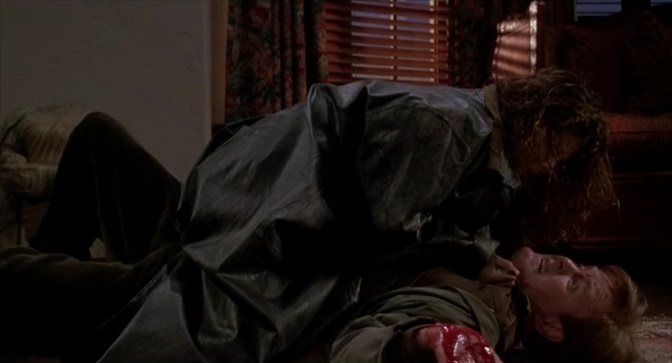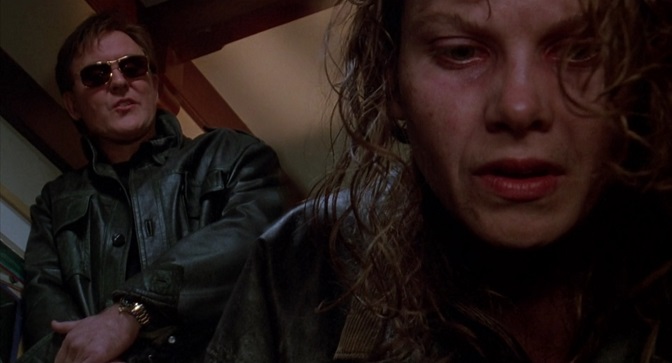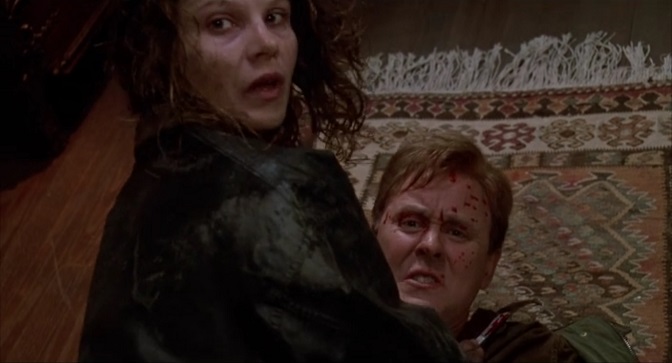LAST WEEKEND AT 2022 EAST HAMPTON LIBRARY'S AUTHORS NIGHT
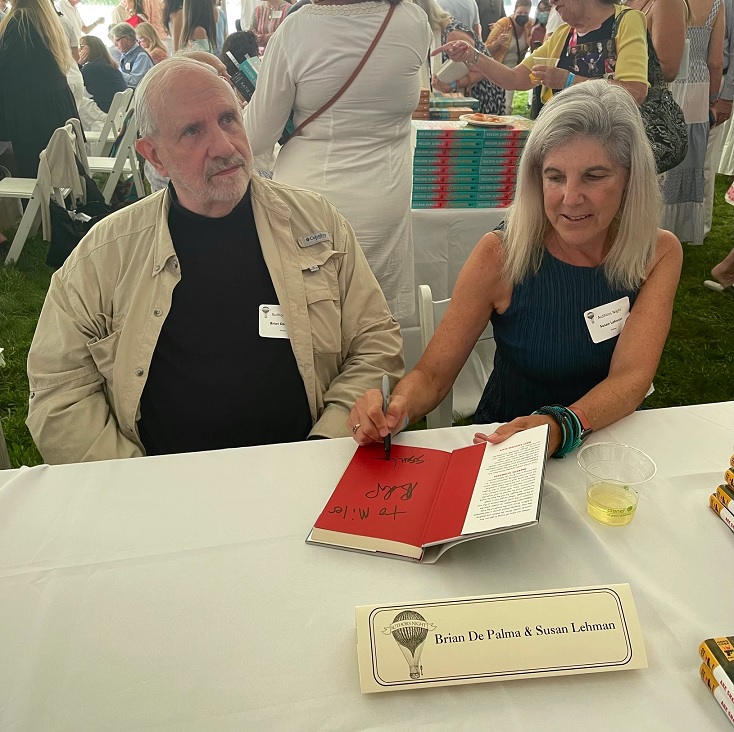
Brian De Palma and Susan Lehman were signing books August 13th at the 18th Annual East Hampton Library’s Author’s Night. Screenwriter and film journalist Miles Stephenson was there and wrote about it on his blog:
When I spoke with De Palma, I asked him why he thought there was this trend of filmmakers turning to novels. Action flick auteur Michael Mann released Heat 2: A Novel this month and screenwriter David Koepp (Jurassic Park, Spider-Man, Panic Room) released his novel this June. He said that during the pandemic lockdown many filmmakers that usually had access to sets, studio budgets, and large casts and crews were forced to get back to the basics and write in a solitary way in their homes. I’ve spoken to movie junkie friends recently who rarely pursue novels who have told me that they can’t wait for the new Heat book or De Palma thriller. It’s a fascinating trend in a time when teens and young adults spend more time on digital media and less time reading; is it possible that the pandemic-induced disruption of film production caused a temporary youth literary revival?
In a separate post, Stephenson writes about Blow Out and his question to De Palma about split diopters:
When I spoke with De Palma, I asked him about his use of the split diopter shot. He said it was inspired by the deep focus shots of Citizen Kane where Orson Welles (and cinematographer Gregg Toland) held things in the foreground and far background in equal focus, granting the film these epic and vast spaces captured in a single frame. Shot on 35mm celluloid with an aspect ratio of 1.37:1, these deep focus shots were often used to place symbolic value on characters like the famous blocking of the young boy outside in the window frame while his family discusses his fate inside (This shot is studied in Film 101 classes all over the world).De Palma, meanwhile, wanted to juxtapose two images in striking contrast in the same frame, and collaborated with his cinematographer Vilmos Zsigmond to use a technique called the split diopter shot to pack the frame with bursting color and multiple, deep focus-like layers of composition. An example of this can be seen when Travolta stands on a bridge listening to an owl in a far away tree top and yet they are sandwiched side by side, their heads occupying equal halves of the frame.
Another example is when a woman walking alone at night through the back door of a supermarket is thrust together with a shot of a man far behind her pulling an ice pick out of a seafood display next to a fish head.
These kinds of inventive visuals are why De Palma is so often concerned with the position of the camera as much as the subject. In a 2011 interview, De Palma said, "A dirty word to me is coverage... two-shot, over-the-shoulder. You know, stuff you see all the time drives me crazy because this to me is not directing." This is a common critique you'll hear from auteurs, like when Michael Mann criticized the kind of passive filmmaking where an action is going on and someone just happens to be there in the room to shoot it. Real directing, real filmmaking — if it exists — is this kind of brilliant visual storytelling that actively organizes and manipulates the interplay of striking images to evoke something from a viewer.

